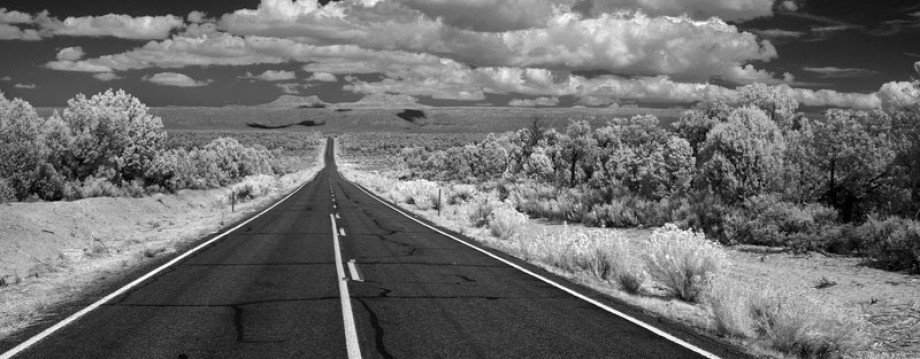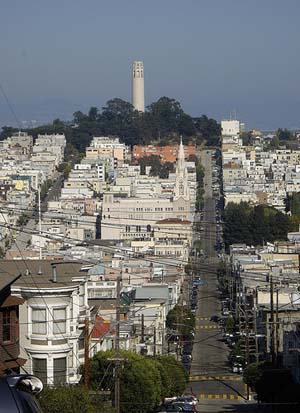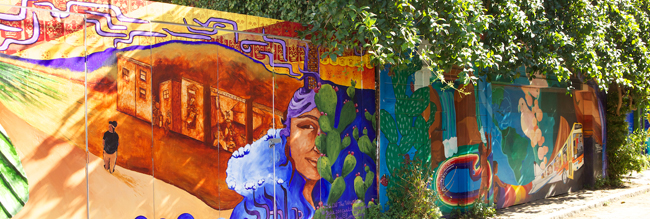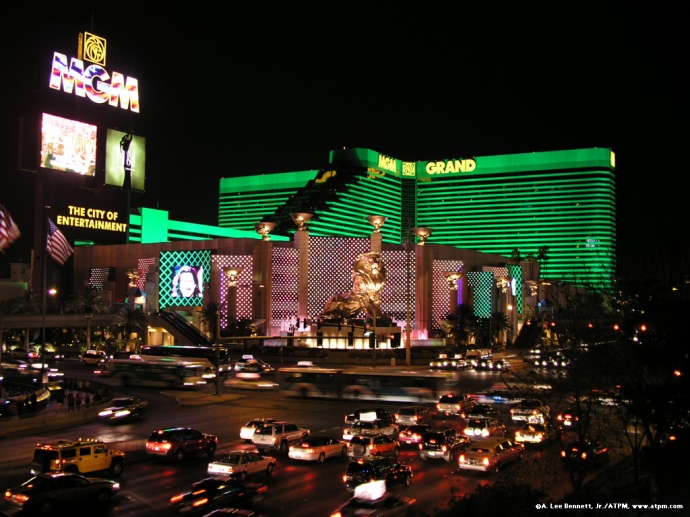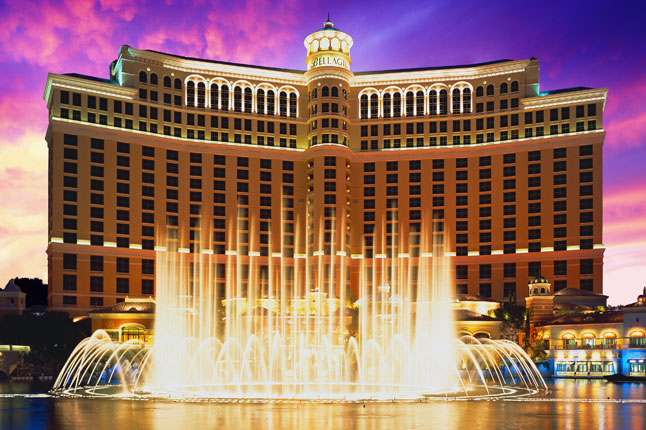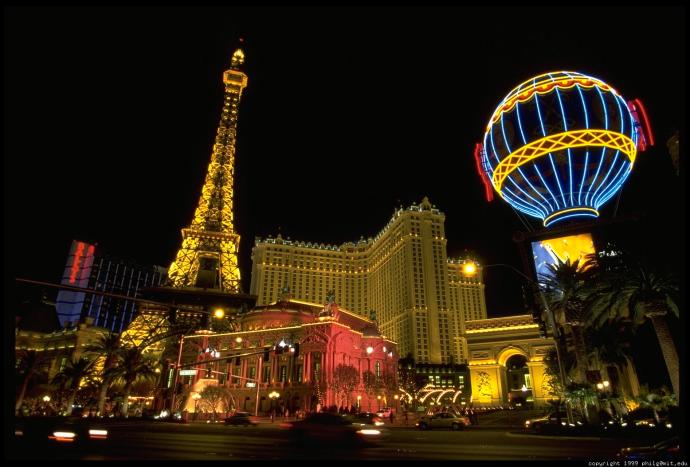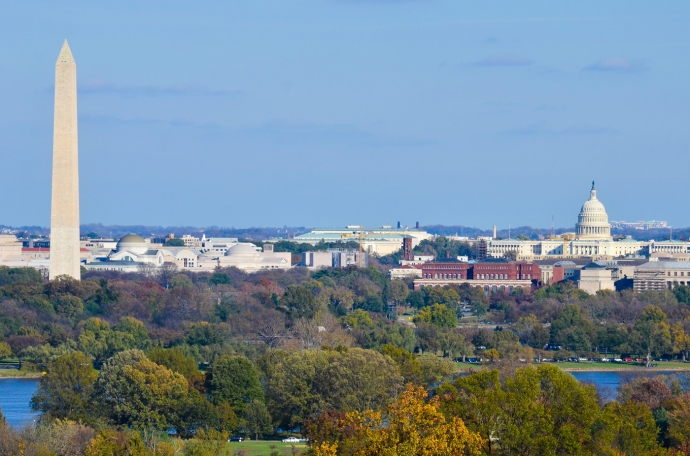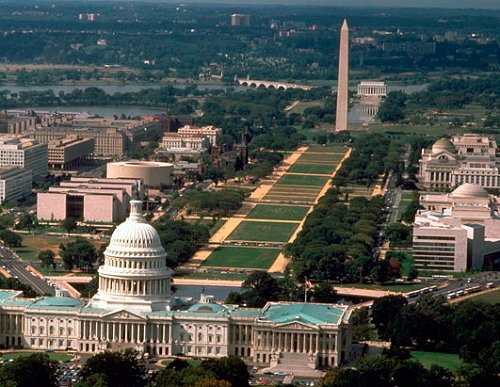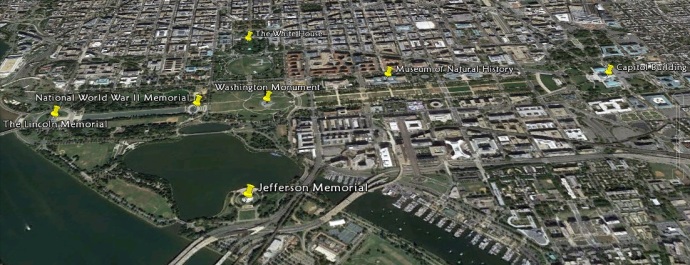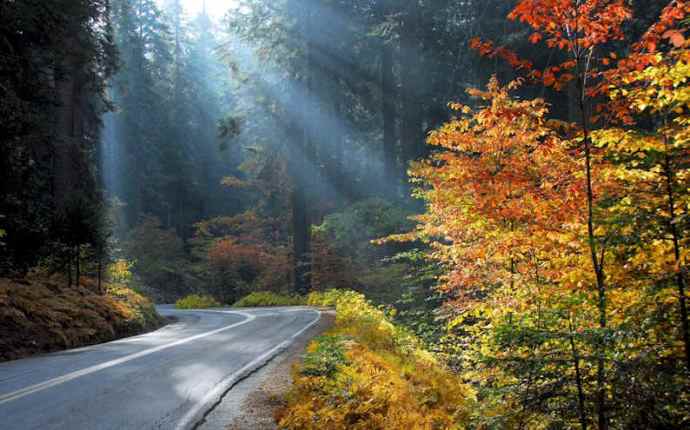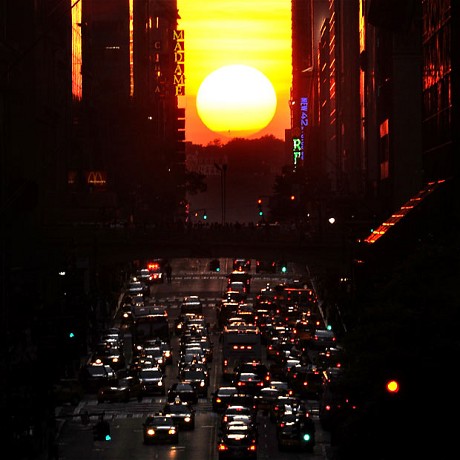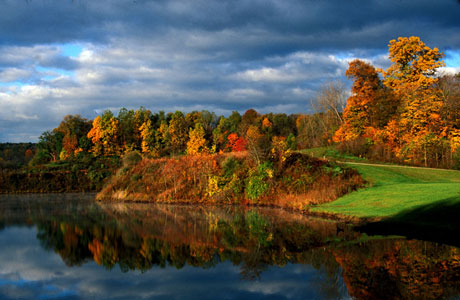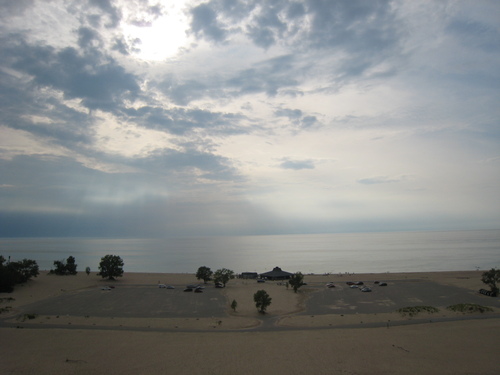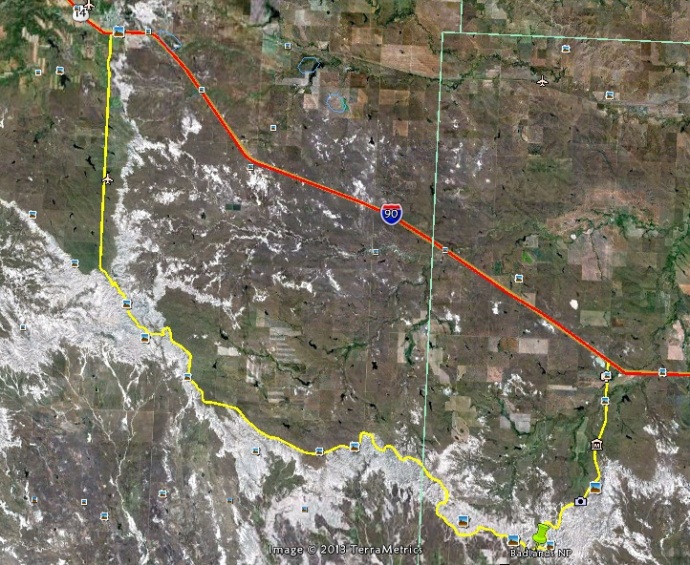Steep.
Eclectic.
Diverse.
Foggy.
Evolving.
All are words which have been used to describe this unique city. In some ways it is the uglier cousin of the Californian cities. It doesn’t offer the sun, sea or surf of more stereotypical Californian cities like Los Angeles or San Diego. It doesn’t offer the Hollywood lifestyle, the prospects of fame and fortune, nor the glamour of the cities further south.
Instead San Francisco is the odd-one-out of the three major coastal Californian cities. Just mentioning the name evokes mental pictures of struggle, or rebellion. Not in a physical manner, of course, but in an artistic, creative manner. It is the most un-Californian city in California.
The city perhaps is defined best by what it isn’t. It is not fame and fortune. It is not glamour. It is not sun, sea or sand. It is not excess, nor is it hope and dreams.
Sure.
But trying to work out what it is, is like trying to pin a bar of soap to a wall. Frustratingly difficult and likely to leave you scratching your head. Hence, I suppose, the rather vague term with which it is perhaps most associated.
Bohemian.
What does it mean though? A city full of unconventional people being regularly unconventional surely evolves into a city full of convention, doesn’t it? Either way, San Francisco is, in essence, the American epitome of unconventional. One of the main tourist attractions is a prison, which sits awkwardly juxtaposed against a marvel of engineering, all set against steep, ostensibly unsuitable hillsides of the mainland on an exposed stretch of coastline which is regularly covered in sea-fog and buffeted by wind. It is also located close to the edges of tectonic plates making it a prime location for earthquakes. It is not (and we return to that phrase again) your typical city.
The sights are, as with the other major cities, well known and world-famous. The Golden Gate Bridge, Alcatraz, SF Museum of Modern Art, Chinatown, Golden Gate Park. All are familiar names, and none need further detailing. However, San Francisco is more than its sights I would suggest. There are very few places in the world where going on public transport is the experience it is in San Fran. The cable-cars, by themselves, are a symbol of the city. Most cities have places you want to go to, specific tourist traps, but San Fran doesn’t seem to fall into this trap. Rough Guides advises that the best way to see the city is to just “dawdle”, seeing where you wind up. In this regard, San Fran is at least a two day stop on our journey.
Which, necessarily begs the question of where to stay. Like most big cities, hotels aren’t cheap, especially in the summer months, but with enough searching, especially in the hostel market, it is possible to find places which don’t break the bank. Hostels.com advises that there are 11 suitable hostels in the main bay area of the city. Here are just a few of those with the highest ratings:
H.I. San Francisco City Centre
Slap bang in the heart of everything, this hostel looks to be pretty much as good as you are likely to find in a hostel in any major city. Aside from its awesome location, the facilities look to be pretty damn good, and there are all the facilities you might need. However, there is no parking available with the hostel itself. Instead, there is a nearby car-park, but it charges at a rate of $10 per 12hrs. Which impacts on the cost of the hostel. Otherwise you can expect to pay $30 per night. It scores 85%.
Green Tortoise Backpackers
This is much better in naming terms. Green Tortoise. Awesome. Anyway, the location is once again pretty much excellent, being closer to the seafront than previously. It also has good facilities and has a great sense of social events for people who are staying. However, once more there is no parking, although the hostel apparently has a deal with a nearby parking lot, this could cost an extra $20 per night. It charges anywhere between $30 and $40 per night, but it does score 87%.
Adelaide Hostel and Hotel
Again pretty central in the city, the first point to note is that Adelaide has parking facilities. Which is a bonus. Like the others it has all the facilities you would need, including lockers for storing stuff. It appears much more hotel-y than previous entries, and this might be a good thing. It charges $39 per night pretty much across the board, but this includes tax. It scores 81%.
Orange Village Hostel
Again, it is central to the rest of the city, and it does have parking facilities (though working out quite where such facilities are is pretty difficult). It also has pretty much all the other facilities you need, like the other entries do. It seems more basic than other entries, but has been recently renovated. It charges between $27 and $40 per night. It only scores 70%.
The over-riding feeling I get from looking through some of the reviews for the places is that the scores are affected by the neighbourhood. Whilst this is a potential concern, it is to be expected in most cities. All the hostels have staff to get advice from about where to go and where to avoid, especially at night. But it’s a big city. If you’re naive enough to think that everywhere is going to be nice and touristy all the time, then travelling anywhere will be a rude awakening for you!
Overall, San Francisco is a mess of a city, but in a good way. There are sights and sounds, there are places to go and things to see. There is enough to keep anyone entertained for weeks. We shall be there probably three nights and two days. It should be enough to get a small insight into such an undefinable city.
